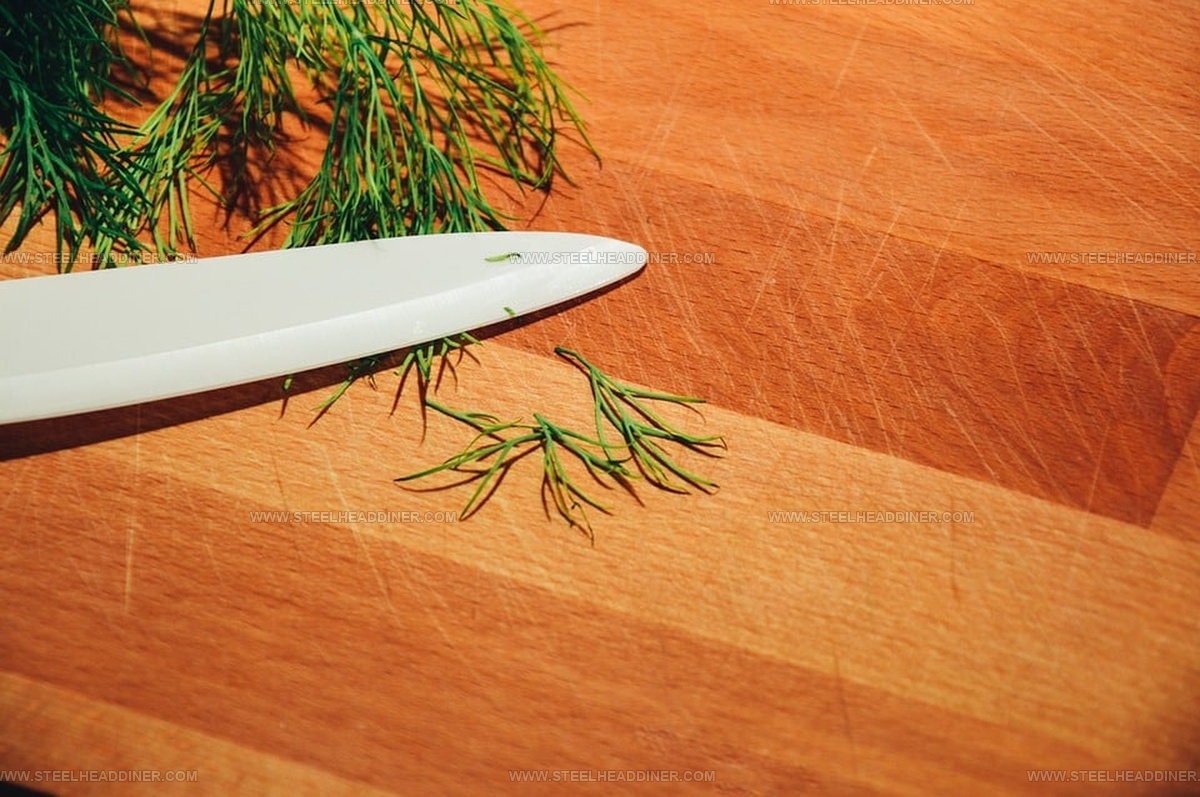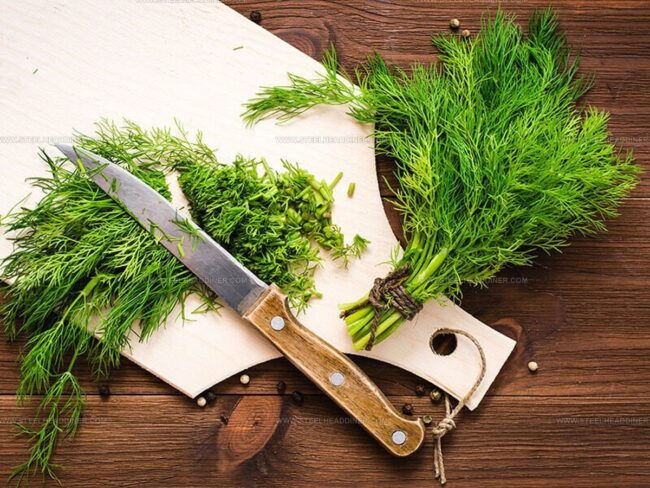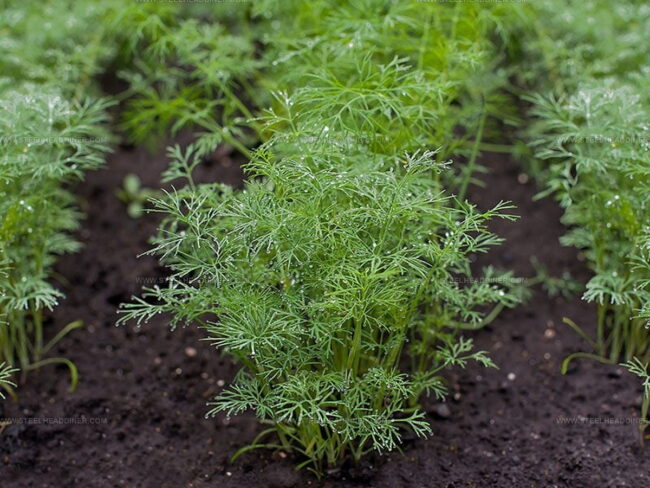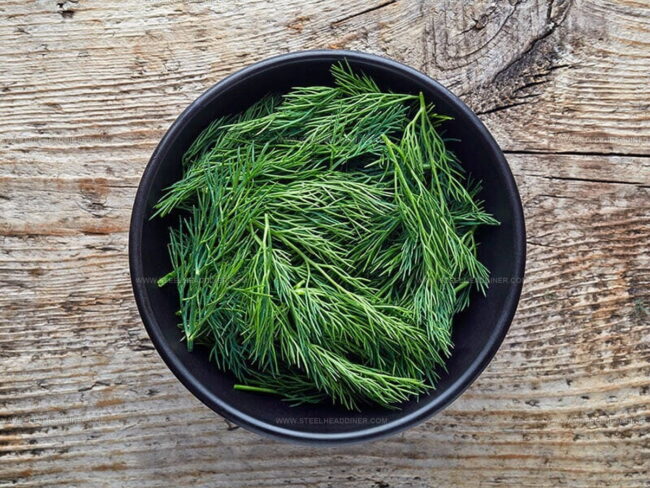What Does Dill Taste Like? A Journey Through Its Fresh Flavor
Dill, with its delicate feathery leaves, might seem like just another herb in your kitchen, but its flavor profile is far more intriguing than you might expect.
Culinary enthusiasts around the world have long appreciated this versatile herb's unique characteristics.
Its presence in various cuisines ranges from Eastern European to Mediterranean dishes, hinting at a complexity that goes beyond simple seasoning.
The herb's distinctive notes can transform ordinary recipes into extraordinary culinary experiences.
Understanding dill's flavor nuances requires more than a casual glance or quick taste test.
Professional chefs and home cooks alike recognize that dill's essence is a delicate dance of aromatic and subtle undertones.
Unraveling the mysteries of dill's taste will open up a whole new world of gastronomic possibilities that can elevate your cooking to unexpected heights.
Dill: Basic Information
Dill, a green and fragrant herb from the celery family, carries a scientific name of Anethum graveolens.
Its common name stems from a Norwegian word meaning to soothe.
Herb lovers can enjoy dill leaves as a tasty seasoning, while all parts of this plant work well in cooking, including seeds, stems, and flowers.
Originating in southwest Asia, dill connects closely with Mediterranean cooking.
Chefs love pairing this herb with fish, pickled vegetables, light salads, creamy sauces, and egg dishes.
Summer and spring bring out dill's best flavors, matching fresh seasonal ingredients.
While stores sell dried dill, fresh herbs provide more robust taste and aroma for cooking.
How Dill Weed Tastes
Dill weed is a bright, feathery herb known for its fresh and slightly tangy flavor that can wake up many dishes:
Overall, dill brings a burst of bright, herby taste and aroma to recipes, making even simple foods more interesting.
Fresh Dill Used In Many Recipes
Fresh dill works well in many dishes.
Some tasty options include:
Flavors That Match Dill
Dill stands out as a unique flavor in the culinary world.
Herbs like tarragon, fennel, and parsley offer somewhat similar taste experiences.
Dill grows as a garden perennial and belongs to its own special plant group called Anethum.
Seeds from this herb create dill spice.
Seeds taste bitter when fresh, while leaves keep their flavor during cooking.
Salads often include dill, which should not be mixed up with chives.
Dill appears more frequently in Asian and European cooking styles compared to other herbs.
Cooks without dill can substitute other savory herbs, even if they do not match dill's exact taste profile.
Kitchen experts understand that herb flavors matter deeply in recipe success.
Bland dishes result when no strong herbal notes exist to enhance overall meal quality.
Dill Seeds vs. Dill Weed: Culinary Uses
Dill seeds and dill weed both come from the same plant, but they have different flavors and uses in the kitchen:
Dill Weed (Leaves)
Fresh and feathery, dill weed adds a bright, slightly grassy and licorice-like flavor to dishes.
It’s perfect for salads, dressings, fish, creamy dips, and as a garnish for potatoes or eggs. .
Dill weed is best added at the end of cooking or sprinkled fresh to keep its delicate taste.
Dill Seeds
These small seeds have a mild lemony and earthy flavor with a touch of warmth, more like caraway or fennel. .
Dill seeds work well in pickling, soups, bread, and stews, holding up to long cooking times. .
They’re often used whole or crushed, especially in recipes that need a deeper, longer-lasting flavor.
Key Differences
Dill weed brings freshness and is great for quick dishes, while dill seeds add a warm, slightly citrusy note to slow-cooked or preserved foods. .
Both can add interest to your cooking, but knowing which to use helps you get the flavor just right.
Different Ways To Use Dill
Cooks love adding dill to many different dishes.
Vegan potato leek soups and white cashew or pine nut sauces work well with this tasty herb when you want something creamy.
Bakers also enjoy using dill in their recipes.
Focaccia and pizza crusts can shine with dill, similar to how rosemary adds flavor.
Dill makes mock tuna salads more interesting, helps create delicious homemade pickles, and brings extra zest to roasted vegetables.
Can You Eat Dill Raw?
Dill serves as an herb you can eat raw.
Fresh dill carries a more green taste compared to dried dill, with a flavor profile that isn't sweet but also lacks intense sharpness.
Salad dressings work wonderfully with fresh dill, and chefs love using it as a tasty garnish.
Sprinkle a sprig of fresh dill on pan-seared tofu to enhance its overall flavor.
Shoppers might want to check out top tofu press selections when preparing recipes.
Removing excess water from tofu can significantly improve its texture and taste experience.
Dill's smell might indicate spoilage, so careful inspection matters before use.
Typically, dill works best as a garnish in various dishes like sauces, stews, and roasted meals.
Roasting dill creates a smoky essence that enriches food profiles.
Dill leaves also work magic as marinades for meats, spices, and even sweet dessert preparations.
Health Perks Of Dill
Dill comes packed with powerful nutrients like fiber, phytonutrients, calcium, manganese, vitamin A, and vitamin C that support overall wellness.
Ancient healers knew this special herb could solve multiple health problems.
Dill worked wonders for clearing bad breath and soothing upset stomachs.
Scientists discovered special compounds called flavonoids inside dill that might protect heart health.
Research shows these compounds could reduce chances of heart disease and stroke.
Medical studies on animals suggest dill might help lower cholesterol levels.
Current research remains uncertain about how dill impacts human cholesterol.
Medical experts see early signs of potential health benefits.
Reducing cholesterol matters because high levels increase risks of serious heart problems.
Researchers continue studying dill's possible connections to heart wellness and hope to learn more about its natural healing properties.







Maya Thompson
Culinary Content Creator & Nutrition Enthusiast
Expertise
Healthy single-serving recipes, Meal prepping for individuals, Integrating nutrition into everyday cooking, Vegetarian and plant-based cuisine
Education
The Chef’s Academy at Harrison College
Associate of Applied Science in Culinary Arts
Focus: Nutrition, meal planning, and culinary techniques for healthy living.
Maya found her passion in the kitchen by mixing good food with good energy. After earning her culinary degree at The Chef’s Academy at Harrison College, she made it her mission to keep cooking simple, wholesome, and packed with flavor.
At Steelhead Diner, Maya shares easy, healthy recipes built for real life. For Maya, great food seems like a celebration of everyday moments, made better one fresh bite at a time.